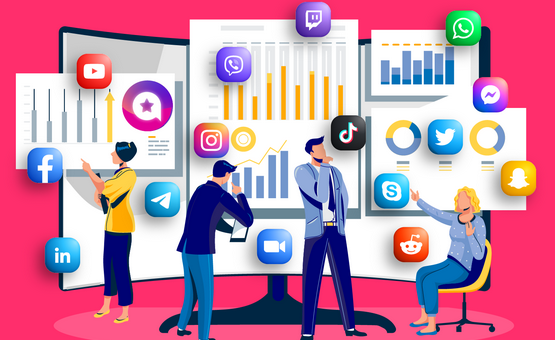Pharmacovigilance is a vital portion of the medical care program. This is a scientific self-discipline that targets sensing, evaluating, understanding, and preventing the negative effects or any other possible problems related to medical drugs, vaccines or healthcare products. The scale of pharmacovigilance has widened through the years to add various stakeholders including regulatory regulators, medical professionals, educational clinical research coordinator salary companies, and patients. Let’s take a deep plunge in the nuances of the self-control to learn its part and scale.
1. What is Pharmacovigilance?
In line with the Entire world Wellness Company (WHO), pharmacovigilance is described as the technology and activities associated with the detection, assessment, understanding, and prevention of adverse effects or other achievable issues relevant to health care medicines, vaccines or health care units. The goal of pharmacovigilance is so that the safety, effectiveness, and quality of items throughout their lifecycle.
2. Range of Pharmacovigilance
The extent of pharmacovigilance is huge and includes a variety of actions such as getting and processing information on negative effects, discovering impulses of possible security problems, determining the potential risks and advantages of healthcare items, and advising any needed measures to minimise chance to general public overall health. The supreme objective of pharmacovigilance is to safeguard everyone in the possible perils associated with health-related products and ensure affected person security.
3. Incredible importance of Pharmacovigilance
Pharmacovigilance performs a critical position in making sure the safety and effectiveness of health care items. It can help to determine and reduce threats connected with the use of drugs, vaccines or health care gadgets. The details compiled through pharmacovigilance routines also contributes towards improving the high quality and efficiency of the goods as regulatory authorities can make use of this info to help make knowledgeable choices on merchandise approvals, labelling adjustments, and manufacturing criteria.
4. Pharmacovigilance in Health care
Pharmacovigilance happens to be a fundamental part of health-related. Healthcare professionals depend upon pharmacovigilance data to guarantee the safety and efficacy of healthcare products, generating educated judgements on medication use, and teaching sufferers about medicine safety. Regulatory authorities also benefit greatly from pharmacovigilance details mainly because it lets them make proof-based decisions around the approvals, consumption and monitoring of medical goods.
5. Position of People in Pharmacovigilance
People enjoy a significant function in pharmacovigilance. These are the types who use health care merchandise, as well as their encounters with these items can provide important info which can help find protection troubles. Sufferers can record any adverse reactions or problems regarding a product to their health-related suppliers, instantly to regulatory government bodies or utilizing accessible reporting solutions. Pharmacovigilance features patients’ experience for security monitoring.
To Put It Briefly:
In summary, pharmacovigilance is really a key element of your health care system. It helps to ensure the security and efficacy of healthcare merchandise, identify possible security problems very early, and take necessary measures to shield public overall health. The scope of pharmacovigilance has widened over the years to cover not just drugs and also vaccines and health-related products. Everybody- medical professionals, regulatory government bodies, academic organizations and sufferers play an important role in making sure the security of health-related merchandise. As accountable individuals modern society, we all need to aid pharmacovigilance routines by reporting side effects or issues about health-related products for the appropriate authorities.



